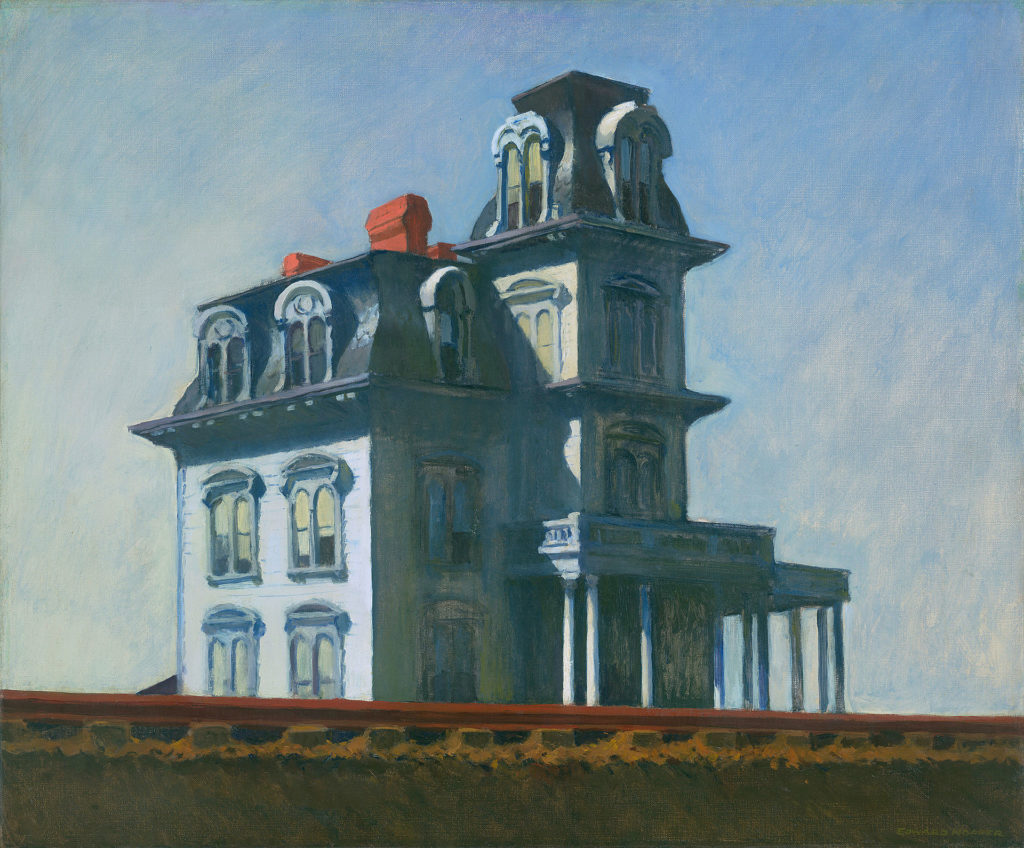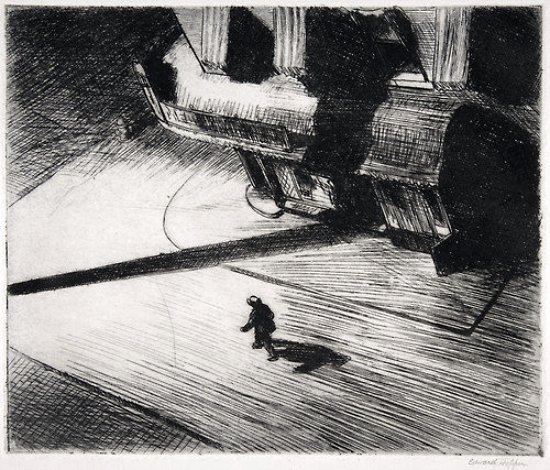We’re gonna take a deep dive into Film Noir. It’s an aesthetic that’s as American as apple pie, meaning it was shaped in America but influenced from people elsewhere as well.
I’m gonna break this down to a few categories. 1.) The content, the story 2.) The cinematography, what is the look. 3.) The sound.
I’ll also note, noir isn’t just detective stories. It’s A Wonderful Life, any original Universal Monster Movie, Citizen Kane and Sunset Boulevard are all very much noir movies. You don’t need Sam Spade or Phillip Marlowe to make it a Noir film.
1.) The Content:
One of the biggest influences to the story element is of course hardboiled Pulp Fiction. Pulp Fiction, like the Detective Story is an American invention and both are intertwined. The Detective Story’s roots began in Edgar Allen Poe’s, The Murders in the Rue Morgue which kickstarted the genre that we know today. Like Poe, Pulp was considered inferior to other literary achievements of the day. It was dark, gruesome, and hard hitting. And the writers didn’t give two shits about what the critics thought. They had to eat.
Pulp evolved from the Penny Dreadfuls and Dime novels of the Gilded Age. In the 1880’s Argosy Magazine which is considered the first of the Pulps was founded. Printed on cheaper pulp-wood paper these stories were cranked out rapidly, and the freelance writers getting paid a penny a word kept the stories coming. They were written at breakneck speed and meant to be consumed in the same manner.
Pulp Fiction (and Film Noir) isn’t all private detectives in fedoras smoking Lucky’s. At first magazines like Argosy published stories for every taste. Issues would feature all sorts of genres, a science fiction story, aviation tales, mystery stories, and Western adventures.
These magazines soon specialized in one particular genre with publications like Black Mask publishing mystery stories and Weird Tales taking the crown for Fantasy and Sci-Fi.
It was in Black Mask that we were introduced to the likes of Dashiell Hammett, Carroll John Daly, Erle Stanley Gardner, Paul Cain, and the legend Raymond Chandler. These stories inspired and were adapted into some of the best Film Noir movies a few decades later. With some Pulp Fiction writers penning the screenplays themselves.
The height of pulp was between the world wars, when the world was suffering a crippling depression and an influx in crime brought on by a perfect storm of corruption, a bad economy, and Prohibition. It was in this time that the Hard Boiled cop or Private Eye like Chandler’s Philip Marlowe, Hammett’s Sam Spade, and Macdonald’s Lew Archer was personified. Their world was black and white and they were the good guys. Humphrey Bogart and Robert Mitchum would bring these characters to life in Film Noir (well, not Lew Archer which is probably why the Macdonald books are lesser known today).
As always, major influences were real life stories of crime and desperation. I always say, Pulp Fiction and Film Noir are just normal people in shitty situations. Batman may be a “dark and gritty” comic but it is not Pulp or Noir, by no means are super heroes ever noir. Noir is you or me in an extraordinary situation. During the Roaring Twenties and into The Great Depression you had a lot of normal people in shitty situations these writers could extrapolate from. You also had an influx in crime and extreme excess leading into extreme poverty for many people. Bookend those decades with a couple World Wars and it’s no wonder Film Noir became a thing.
The gangster films of the 1930s like Little Caesar (1931), The Public Enemy (1931) and Scarface (1932) paved way for Film Noir and anything thereafter with a morally bankrupt protagonist (The Sopranos, Boardwalk Empire, Peaky Blinders, The Godfather et. al Mob flicks).
2.) The Look
There’s a lot of factors that go into the Noir aesthetic the biggest being money. Most of these movies were low budget and the directors and producers had to work with what they had. While MGM and the other major studios were making massive sets and shipping buffalo to Catalina island, the smaller studios on Poverty Row had to make due with the lesser known actors and smaller budgets for set dressing. That meant filling a bland space with some light or just filming on location and working with what you’ve got. Movies like The Naked City were shot on location just to keep budgets small and it worked because it gave an authentic feel to the story you don’t always get on a sound stage.
Here’s a video about the Noir look, he’s got some other pretty good videos if you’re as into this stuff as we are.
German Expressionism
Some German directors went on to make their own Film Noir movies, Fritz Lang’s M (1931) coming to mind as the most famous. Fritz’s work for Metropolis (1920) and Murnau’s Nosferatu (1922) influenced a lot of Directors of Photography who went on to work on Noir movies. Take a look at this picture of The Cabinet of Dr. Caligari, it’s bonkers. This is not just a huge influence on Noir but also on Tim Burton. There’s a reason Christopher Walken’s character in Batman Returns was named after the guy who played Count Orlok in Nosferatu, Max Schreck.


Weegee
The iconic Weegee (Arthur Fellig) was a crime scene photographer back in the 1930s through the 1960s he took photos at night, racing the police to crime scenes. His shit was wild, he reminds me of a James Ellroy crime scene photographer.

Edward Hopper
What haven’t we said about his guy. An American icon, his artwork influenced many noir directors. It also influenced Alfred Hitchcock’s Psycho:



3. The Sound
If Film Noir had a soundtrack, Jazz would take up 80% of the tracks. Another American invention, Jazz is the embodiment of the 1920s, the Jazz Age and it’s the background of many noir movies.
But when it comes to the sound it’s not just the music, it’s the sounds of the street. The music coming out of night clubs is one thing, the sirens is another. But most importantly it is the way the people talk, the cadence in which they speak. It’s that oft-parodied “Me’yeah copper what’you lookin’ at see?” but it’s also the Brooklynese that Damon Runyon captured in his books. I’d say Damon Runyon captures the sounds of the streets from back then like David Simon captured the sounds of Baltimore in the late 80s early 90s that you see in The Wire.